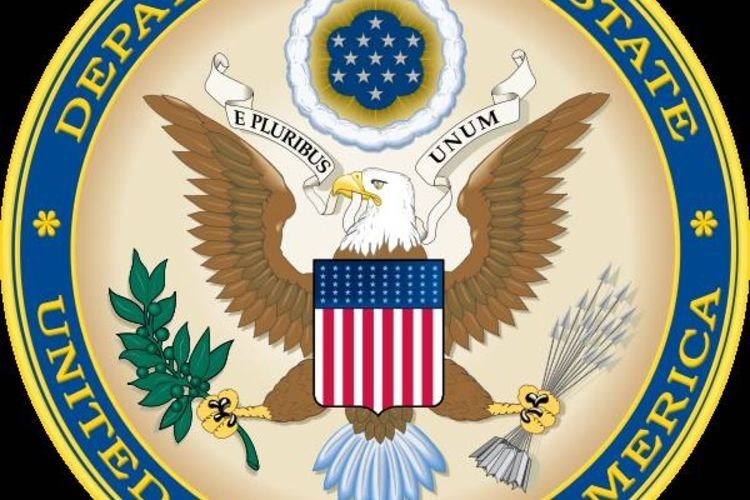
Legal system of the United States
The United States has a federal system of government, a written constitution, and a common law legal system, though “legal system” is used here as a term of convenience that encompasses a multiplicity of systems that are linked in often complex ways. It should be noted that in the United States the term "the government" is used to describe what in many other countries is called "the state". "The government", as the term is often used in Britain (meaning "the government of the day") is usually called "the administration" in American usage.
There is a legal system for the federal government (i.e. for the United States at the national level), and there is a separate system for each of the fifty states, for the District of Columbia (the nation’s capital), and for each of the American territories and other overseas possessions. For the most part, these systems fall within the common law tradition, though there are significant civil law influences in some of the jurisdictions (most notably, Louisiana) that are located in territory that was once under French, Spanish or Mexican rule.
The federal government was established by, and its powers are defined by, the United States Constitution. The individual states have their own constitutions, but the organization of the state governments tends to follow the same general pattern as that of the federal government.
Inherent in the structure of the American government are the concepts of "separation of powers" and "checks and balances". (These terms are not found in the Constitution itself, but are widely used in political and historical analyses.) Legislative, executive, and judicial powers are exercised by separate branches of the government, but each branch is able to check the powers of the other branches in certain ways.
The federal legislative body is the United States Congress which consists of the Senate and the House of Representatives. There are two senators from each state, elected for six-year terms. The House of Representatives has 435 members, elected for two-year terms. The number of representatives from each state is based on the population of that state, though every state has at least one representative. (There is also limited representation in the House of Representatives for the District of Columbia and certain overseas territories.) The two houses of Congress have equal power in the legislative process, and all legislation must be passed by both of them. Congress was established by Article I of the Constitution, and its powers are described chiefly in Section 8 of Article I.
Executive power is exercised by, or under the authority of, the President. Executive power extends both to domestic and to foreign affairs. Subject to certain constraints (described below), the President approves legislation, negotiates and signs treaties, appoints federal judges, appoints cabinet officers and other senior officers of the government, and is commander-in-chief of the armed forces. The President is elected for a term of four and is limited to two terms (plus up to two years of the uncompleted term of a previous president). The presidency was established by Article II of the Constitution.
Each state has its own constitution and its own government. Legislative power is exercised by the state and executive power by the governor. The relationship between the two branches approximates to varying degrees the relationship between the branches of the federal government. In every state but one, the legislature is bicameral.
Judicial power is exercised by both federal and state courts. In very general terms, the courts in each jurisdiction are the primary forums for decisions on the law of that jurisdiction, but there is considerable overlap. It should be noted that when, for procedural reasons, federal courts decide cases that arise under state law, they apply the substantive law of the particular state, including any relevant case law. (The highest court of a state remains the ultimate authority on the law of that state, though the federal courts will overrule state law if it is inconsistent with federal law.) Federal judicial power is described chiefly in Article III of the Constitution.

